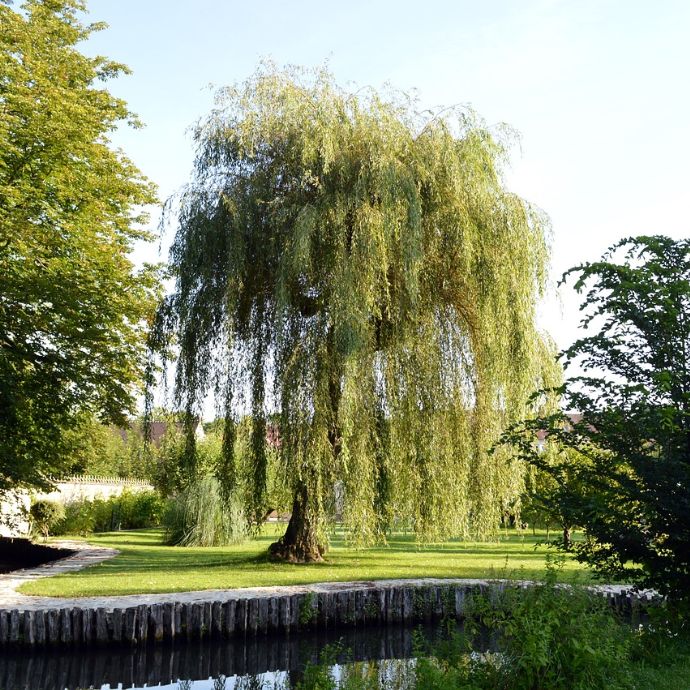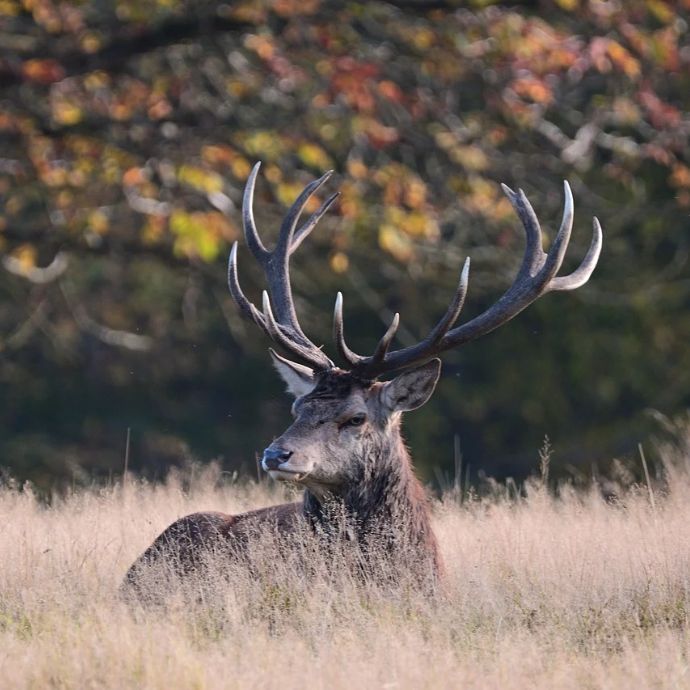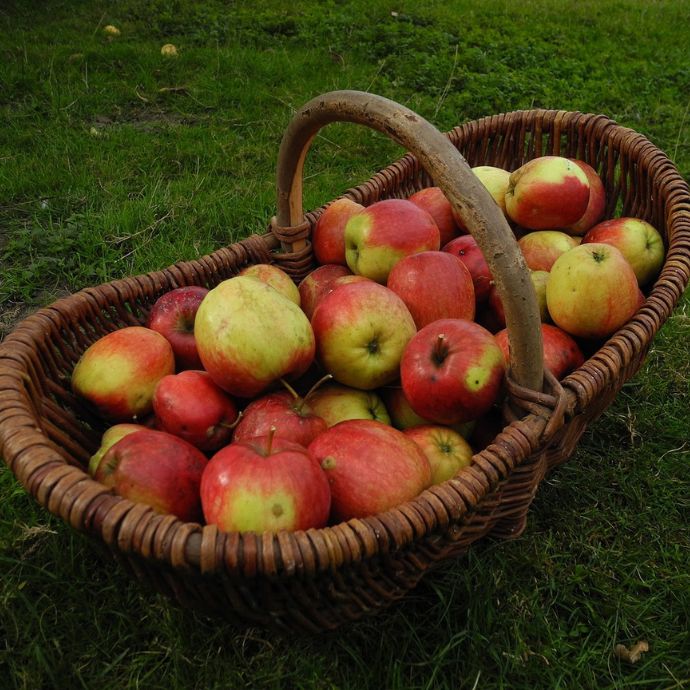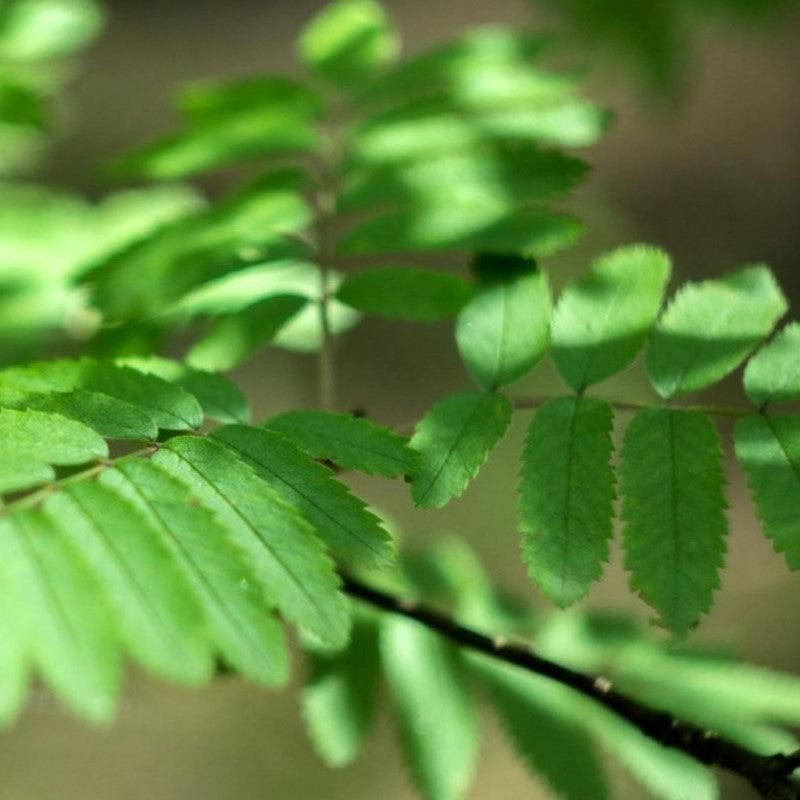Advice & Inspiration
Transplanting Trees: Explained by Our Grower

Are your bare root plants a little light on the er - roots? Don’t they need loads of those to grow properly? Our tree grower John plants and digs up thousands of bare root trees and plants every year, so we went straight to the top and asked him to explain everything you need to know about transplanting trees.
Jump to:
- Where are all the roots?
- The short term
- The long term
- How we dig up bare root trees
- Will your tree grow?
- Different roots for different trees
- The weather factor
Where are all the roots?
If your bare root plant arrives without a lot of roots - you might wonder if it’ll grow properly. How much of a root system does it need? “To answer this,” says John, “we need to delve a little deeper into what happens to a tree during and after transplantation (digging it up and replanting it). So we need to think about the short-term (making sure it takes) and the longer term (setting it up for a long, productive life).” Take it away, John…
The short term: giving your tree the best start
Our bare root plants and trees are grown from cuttings, meaning that the growers can take the best characteristics from existing plants (dwarfing growth, disease resistance etc) and reproduce these in the new plants. What has this got to do with roots, though?
“Cuttings regenerate roots very easily,” says John, “so they need very little root (if any at all) in order to establish successfully in a new site after transplantation. With the right planting conditions – darkness, moisture, decent soil structure and drainage, stability and the right nutrients, they will establish very quickly.”
John recommends picking a sheltered site with well draining, fertile soil for your tree, and adding plenty of compost to the planting hole. If the tree you’re planting is quite tall and slender or it’s in a breezier spot, it’s a good idea to support your young tree by staking it.
The long term: strong, healthy trees for life
“The most important thing for the long-term health of your tree,” John explains, “is a stable root system.” The aim is to get roots heading out in all directions from the base of the tree so that no matter what direction the wind blows, the tree will be strong enough to withstand it. So does this mean the longer the roots the better?
“Not at all,” says John, “the easiest way to end up with a good root system is to cut the roots back to short stubs. If you have long roots all scrunched up in the planting hole, they’ll allow the tree too much freedom of movement in later years, which could lead to it being blown over in a gale.”
Short roots at the time of planting will grow straight out from the base of the tree, avoiding this scenario and making the tree much more weather resistant.
Need a hand with planting? Watch how John does it.
How we dig up your bare root trees
Your bare root tree or plant is dug fresh from the field to order, ensuring that it won’t dry out by the time it reaches your garden. Re-plant it as soon as you can, give it a good watering and those roots will spend the winter growing outwards to give you a strong tree right from the start. If the roots are too long when the tree is dug up, they’ll be shortened by our growers to ensure they grow as stable as possible.
Will your tree grow?
Your tree is tougher than it looks - I mean let’s be real, right now it looks like a bundle of twigs, but it’ll soon take off. John grows them outdoors in fields to get them acclimatised to the worst that the British weather can fling at them, so unlike some cheaper bare roots you can buy, which are grown under cover and stored in warehouses, our trees have been training all their lives for this.
Find out why winter is the best time for planting.
Different roots for different trees
If you’ve ordered two or more different tree varieties, you may notice a bit of variation in the size of the roots - why is this?
“Looking at the main species we grow,” John explains, “cherry rootstocks (on which almost all our fruiting and ornamental cherries are grafted), usually produce loads of fibrous roots. Next come apples and pears which normally produce an ‘acceptable’ amount of fibrous root. Which leaves plums. Plum rootstocks usually produce very little in the way of fibrous roots.”
You may think this means cherries grow more successfully than plums, but apparently it doesn’t make a difference.
“The vast majority still establish successfully,” John tells us, “one just needs a little more faith when planting them!”
The same applies to any tree species; fruit or ornamental. Phew.
The weather factor
The weather conditions they’re grown in can also determine the size of your tree’s roots.
“All of the bare root trees being dispatched in 2023 grew during the extremely hot, dry summer of 2022,” says John, “so in order to survive, the tree roots had to grow deep to find water. As a result they produced far fewer roots in the top layer of soil where there was no water, so the tree you receive this year is likely to have less root than normal, indeed in some cases it may only appear to have a severed “tap” root.”
Again, this won’t affect your tree’s chances of establishing successfully, as long as it’s planted into well-prepared soil and, if necessary, staked.
“And of course,” adds John, “should your tree not take, we do guarantee it.”
If your tree hasn’t taken by the time it reaches the next dormant season, we will gladly replace it. If you have any questions about your new plant, please do get in touch with us and one of our experts will be able to help.


















